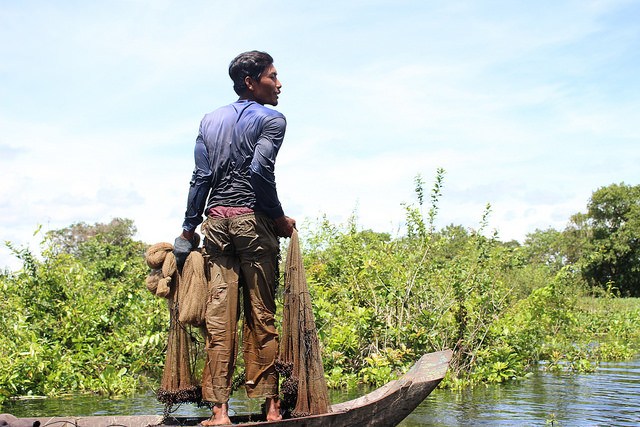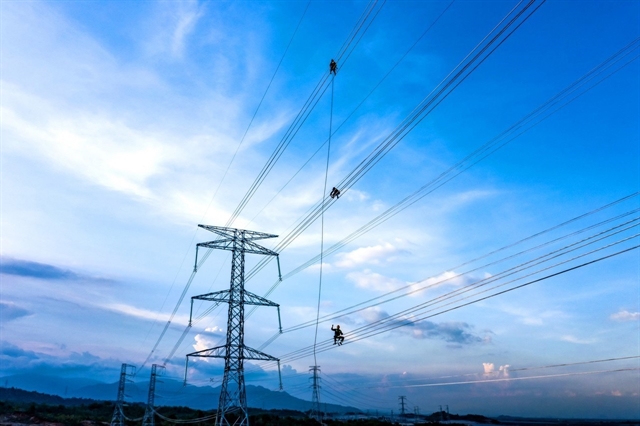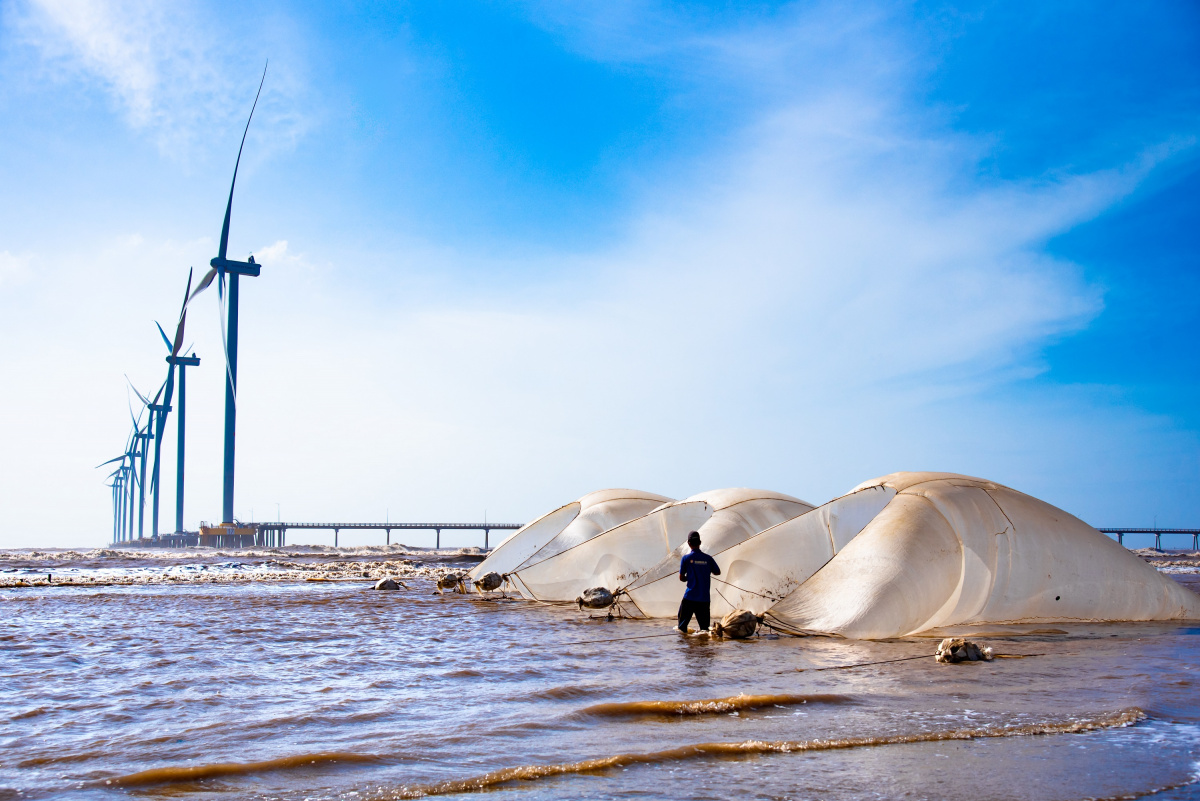World Wetlands Day: Indo-Burma Ramsar Regional Initiative Strategic Plan 2019-2024 to strengthen Ramsar Convention in the region
The Indo-Burma Ramsar Regional Initiative (IBRRI) has just launched its Strategic Plan for 2019-2024. The plan, which will help IBRRI fulfill its aim to support the effective implementation of the Ramsar Convention in the Indo-Burma region, consists of five “operational objectives” that align with the Ramsar Convention’s 4th Strategic Plan.

A fisherman on the Tonle Sap, Cambodia
Photo: @IUCN Cambodia
Broadly, these objectives are to share knowledge, ensure the conservation of key wetland species, help develop and strengthen policy on wetlands, raise awareness and promote education, and ensure that the Regional Initiative is sound and sustainable.
The plan’s initial operational objectives were first envisioned at the 2017 Inception Workshop facilitated by IUCN Asia, which acts as the secretariat for IBRRI, in Bangkok, Thailand. A workshop held last July in Yangon, Myanmar, gave stakeholders from across the region, including national Ramsar authorities, Ramsar International organisation partners (IOPs), local NGOs and academics the opportunity to review and validate the draft Strategic Plan, identify gaps, and suggest additions and amendments.
The establishment of IBRRI in 2016, as one of the 19 Ramsar Regional Initiatives globally, and the development of the Strategic Plan are very timely, as the wetlands within the region – including 35 Ramsar sites – currently face a range of threats and challenges. It has been estimated that around 80% of the wetlands in Cambodia, Lao PDR, Myanmar, Thailand and Viet Nam are threatened by economic development, conversion to agricultural land and climate change.
“IBRRI has supported numerous research and community dialogues to assess the vulnerability of climate change on ecosystems and livelihoods in the region’s Ramsar sites,” said Raphael Glemet, Senior Programme Officer for Water and Wetlands, IUCN Asia. “The Strategic Plan will play an important role in assisting Ramsar authorities and communities in developing adaptation plans and enhancing the ecosystem services of wetlands.”
‘Wise use’ can be defined as “the conservation and sustainable use of wetlands and all the services they provide, for the benefit of people and nature.” In the Lower Mekong Delta, wetlands support the world’s most productive inland fisheries (valued at approximately US $3 billion per year) and provide up to 80% of rural communities’ animal protein.
The region’s wetlands are also critical habitat for a wide variety of species, some of which – like the Sarus crane (Antigone antigone), Siamese crocodile (Crocodylus siamensis) and Irawaddy (Ayeyarwaddy) dolphin (Orcaella brevirostris) – are classified on the IUCN Red List of Threatened Species™ as Endangered or Critically Endangered. Critically Endangered spoon-billed sandpipers (Calidris pygmaea), among many other migratory bird species, use Indo-Burma’s wetlands as wintering sites on the East Asian-Australasian Flyway.
National meetings to present the IBRRI strategic plan and develop specific country workplans will be organised by the IBRRI secretariat in the first half of 2019. The IBRRI Strategic Plan will be subject to review and refinement around the time of Conference of the Contracting Parties to the Ramsar Convention (COP14), in 2021, then reviewed and updated again in 2024 to align with the 5th Ramsar Strategic Plan.
The Indo-Burma Ramsar Regional Initiative Strategic Plan 2019-2024 can be downloaded here.
About IBRRI
The Indo-Burma Ramsar Regional Initiative (IBRRI) was launched in June 2016, under the leadership of the governments of Cambodia, Lao PDR, Myanmar, Thailand and Viet Nam, who are contracting parties of Ramsar. IUCN Asia acts as the secretariat for the initiative. Ramsar Regional Initiatives (RRIs) under the Ramsar Convention are intended as operational means to provide effective support for an improved implementation of the objectives of the Convention and its Strategic Plan in specific geographical regions, through international cooperation on wetland-related issues of common concern. Regional Initiatives provide an enabling environment for the involvement of all stakeholders at all levels, including the ministries responsible for the environment and water issues, intergovernmental bodies, Ramsar International Organisation Partners (IOPs), other NGOs, academia, local communities, and economic actors. They provide a platform for governments, technical experts, international NGOs, local communities and private companies to collaborate on the governance and administration of the Ramsar Convention.
About IUCN
The International Union for Conservation of Nature (IUCN) is a membership Union uniquely composed of both government and civil society organisations. It provides public, private and non-governmental organisations with the knowledge and tools that enable human progress, economic development and nature conservation to take place together. Created in 1948, IUCN has evolved into the world’s largest and most diverse environmental network. It harnesses the experience, resources and reach of its 1,300 Member organisations and the input of some 13,000 experts. IUCN is the global authority on the status of the natural world and the measures needed to safeguard it. Our experts are organised into six commissions dedicated to species survival, environmental law, protected areas, social and economic policy, ecosystem management, and education and communication.
For more information, please contact:
Ann Moey, Head of Communications, IUCN Asia. ann.moey@iucn.org
Raphael Glemet, Senior Programme Officer for Water and Wetlands, IUCN Asia, raphael.glemet@iucn.org



